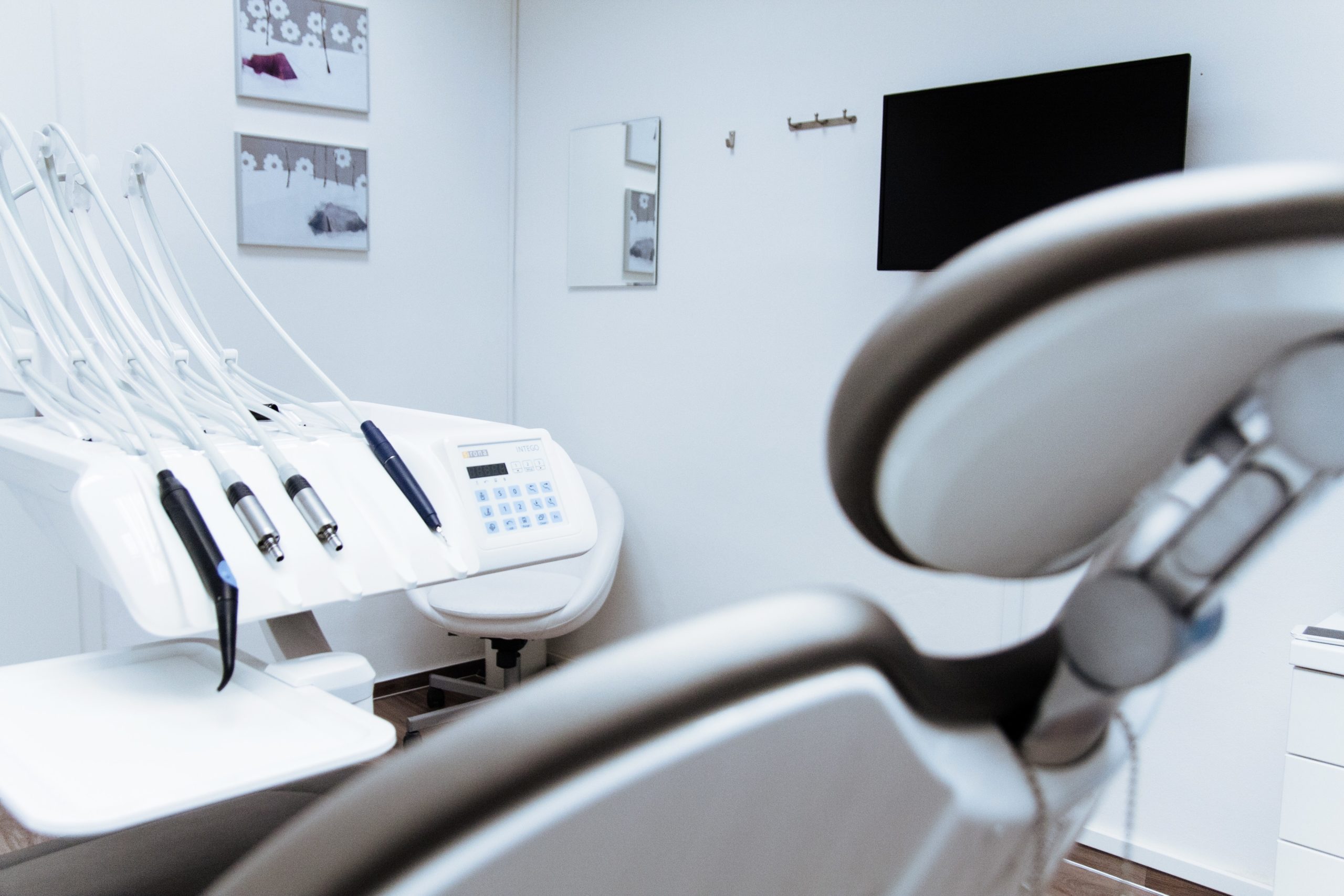Table of Contents
Last Updated on October 15, 2022
Hygiene Tips
It is passed the halfway point for October, which means chillier weather, and of course, the upcoming cold and flu season. During the fall and winter seasons, doctors’ offices can see 3-4 times more people than usual, so germs spread quickly and easily. Maintaining sanitary conditions in waiting rooms for medical, dental, and outpatient offices is necessary to keep healthy patients and staff from becoming ill.
The Waiting Room
Walking into a waiting room puts patients and staff at risk of catching illnesses from sick patients. Everyone uses the same doors, touches the same sign-in sheet and pens, and then sits down in shared chairs and may pick up magazines that have seen many hands already, or in a pediatric office, children may play with the communal toys. When a child goes to the doctor, his/her whole family faces a 3.2% increased risk for catching the flu, which equals about 700,000 preventable cases each year. Keeping hand sanitizer dispensers available will encourage visitors to disinfect their hands when they enter and after touching objects and surfaces. Staff should also sanitize their hands, and these objects and surfaces periodically to prevent pathogens.
The Restroom
Setting up the office restrooms wisely can help the facility to stay healthy. Toilets with automatic flushing and sanitizing features keep toilet bowls clean for longer periods, kill odor-causing bacteria, and maintain plumbing. Touch-free appliances are an effective way to decrease cross-contamination and minimize the spread of germs. Automatic soap dispensers, faucets, and air hand dryers or paper towel dispensers prevent cross-contamination and ensure that hand washing is effective. A few other restroom amenities to consider for keeping a clean environment include:
- Baby-changing tables, especially in pediatric offices
- Sanitary disposal units to isolate used menstrual hygiene products
- Toilet mats to prevent slip-and-fall accidents, and to absorb urine splatter
- Surface sanitizing wipes for staff and patients to clean anything that appears unsanitary
Hygiene Tips For The Exam Room
Exam tables and any other horizontal surfaces involved in an exam should be cleaned after each use and equipment like stethoscopes and blood pressure cuffs should be cleaned at least daily. Hand hygiene amenities are also needed in exam rooms. Both hand sanitizer and soap and water are effective methods for hand hygiene in healthcare settings. According to the Centers for Disease Control, medical professionals must clean their hands at the following times:
- Before eating
- Before and after making direct contact with patient’s intact skin
- After contact with blood, excretions, bodily fluids, broken skin, or wound dressings
- After touching any inanimate objects
- After glove removal
- After using the restroom
In 2011, an outbreak of C. difficile occurred among people who had visited their doctor and dentist. Out of 150,000, 82% of them had made these visits within the 12 weeks prior to their diagnosis. A wakeup call like this is proof that hygiene standards are needed to keep everyone in these facilities healthy.
Related posts:
- Hygiene Tips for Your Business: Hair and Nail Salons
- Hygiene Tips for Your Business: Photography Studios
- Hygiene Tips for Your Business: Healthcare
- Hygiene Tips for Your Business: Restaurants
- Hygiene Tips for Your Business: Supermarkets
- Hygiene Tips for Your Business: Car Dealerships
- Hygiene Tips for Your Business: Banks and Credit Unions
- Hygiene Tips for Your Business: Health and Country Clubs
